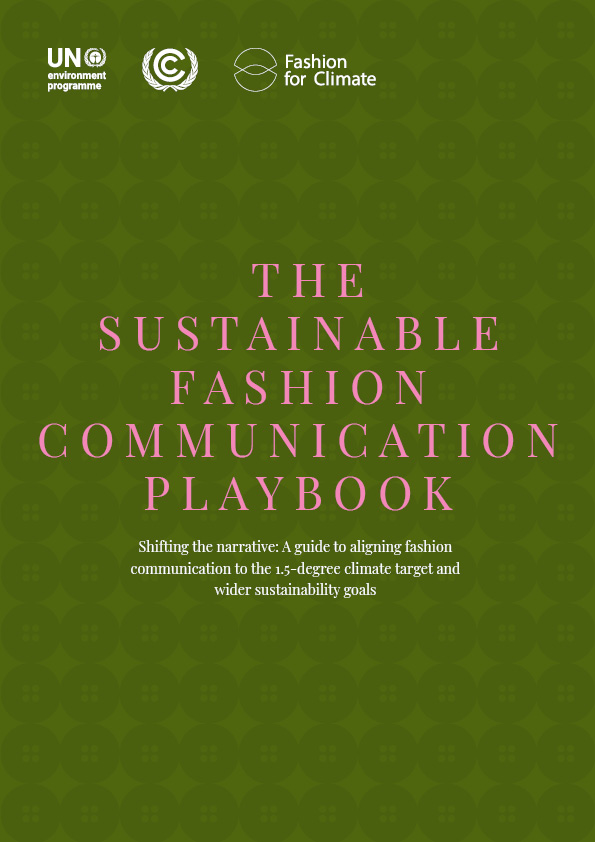Circular Economy in the Textile Sector
This report was commissioned by the Deutsche Gesellschaft für Internationale Zusammenarbeit (GIZ) and funded by the German Federal Ministry for Economic Cooperation and
Development. It addresses the concept of a circular economy in the textile industry with a particular focus on fibres in the garment and fashion sector. The contents are based on
a comprehensive literature analysis, an expert workshop held during this 2018’s Cradle to Cradle (C2C) international congress as well as more than 20 interviews with professionals
from the textile sector.
Development. It addresses the concept of a circular economy in the textile industry with a particular focus on fibres in the garment and fashion sector. The contents are based on
a comprehensive literature analysis, an expert workshop held during this 2018’s Cradle to Cradle (C2C) international congress as well as more than 20 interviews with professionals
from the textile sector.
The report outlines the conceptual implications for a circular textile sector, presents the status quo of implementing a circular textile industry at the EU level, assesses innovative recycling technologies and discusses challenges and potential solutions for the transformation to a circular textile sector.
“A circular textiles economy describes an industrial system which produces neither
waste nor pollution by redesigning fibres to circulate at a high quality within the
production and consumption system for as long as possible and/or feeding them
back into the bio- or technosphere to restore natural capital or providing secondary resources at the end of use.”
Based on this understanding, the transition towards a circular textile industry will require
fundamental changes in the way products are designed and used, business is conducted
and progress is measured at the corporate level. The background analysis suggests that the
transition towards a circular textile industry in Europe and Germany is still in its infancy.
This is directly linked to a wide range of socio-economic, environmental and legal barriers
which inhibit the adoption of circular solutions on a broader scale. At the same time, a
number of potential solutions exist and innovative recycling technologies can help to close
material loops at the end of the textile use phase. However, none of them have reached
market maturity yet, suggesting that further financial and technical support is needed for
commercialisation.
waste nor pollution by redesigning fibres to circulate at a high quality within the
production and consumption system for as long as possible and/or feeding them
back into the bio- or technosphere to restore natural capital or providing secondary resources at the end of use.”
Based on this understanding, the transition towards a circular textile industry will require
fundamental changes in the way products are designed and used, business is conducted
and progress is measured at the corporate level. The background analysis suggests that the
transition towards a circular textile industry in Europe and Germany is still in its infancy.
This is directly linked to a wide range of socio-economic, environmental and legal barriers
which inhibit the adoption of circular solutions on a broader scale. At the same time, a
number of potential solutions exist and innovative recycling technologies can help to close
material loops at the end of the textile use phase. However, none of them have reached
market maturity yet, suggesting that further financial and technical support is needed for
commercialisation.

